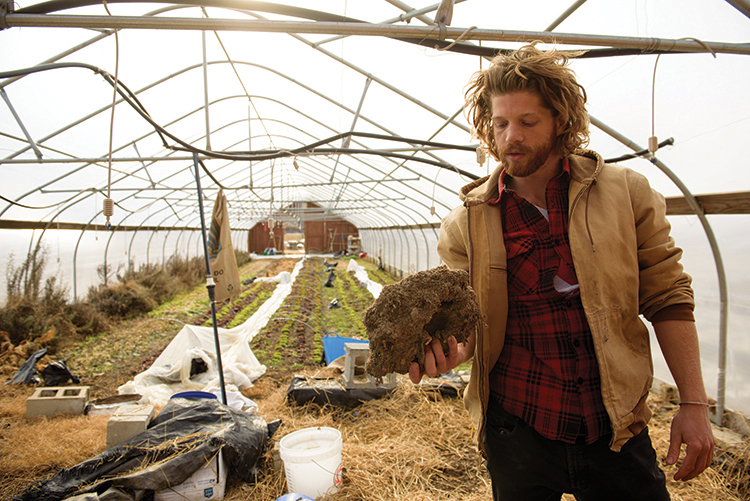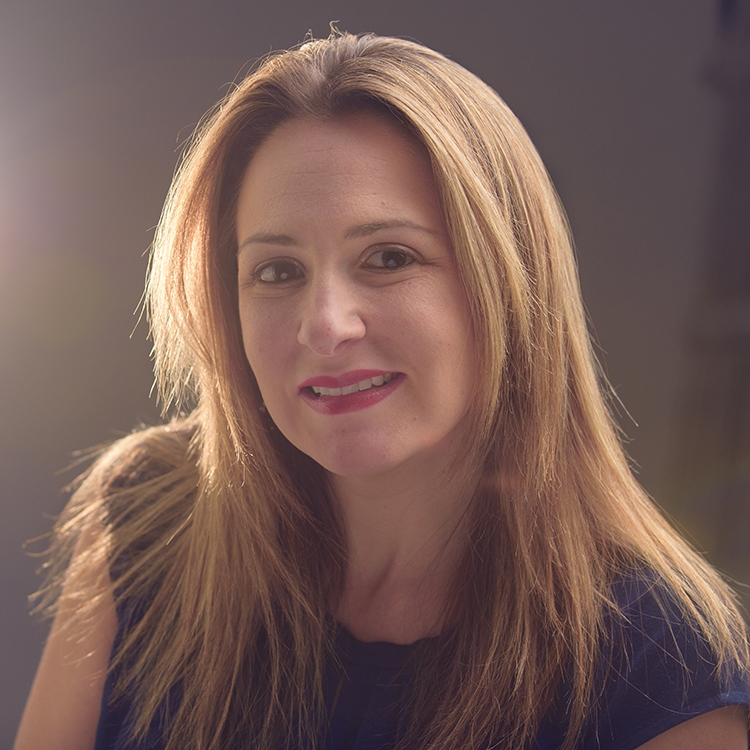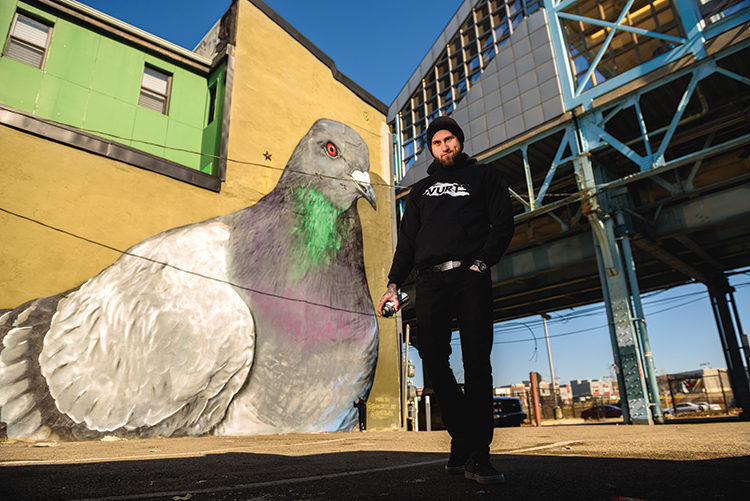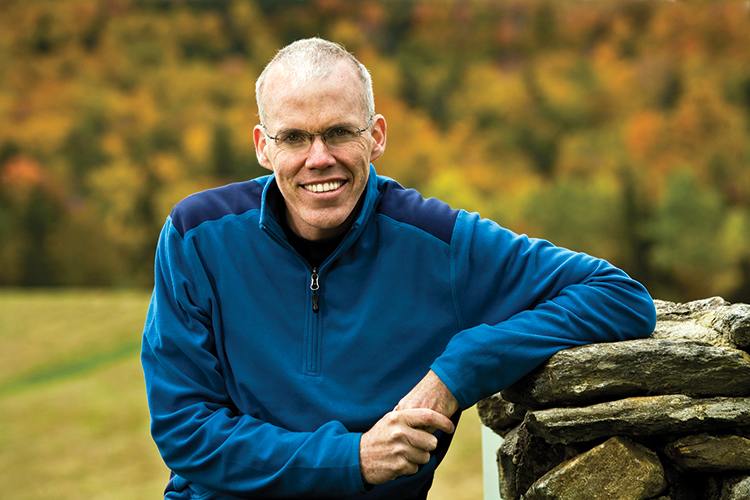by Emily Kovach
What do you get when you put equal parts fish waste and sugar in a bucket, cover it with leaves and forest soil, and let it sit for five months? A stink bomb? Not quite. This is actually do-it-yourself fish fertilizer. And it’s just one of the ways Adrian Galbraith-Paul and his small team at Heritage Farm are using Korean natural farming methods to improve the fertility of their soil and increase the farm’s output.
Established in 2011, Heritage Farm sits on a 2-acre plot just outside the northwest corner of Fairmount Park. Galbraith-Paul and one other person work as full-time farmers, and with the help of part-time workers and seasonal interns and apprentices, they grow a variety of vegetables (with a focus on salad greens) from the four high tunnels and a petite greenhouse. The farm sustains itself by selling produce at an on-site market and to local restaurants—customers include big names such as Vetri, Fork and Aldine—but this urban farm is really about growing and facilitating relationships.
Heritage Farm is part of Methodist Services, a nonprofit whose mission is to serve vulnerable families by offering, according to its website, “housing, child care, education programs, permanence in families, mental health services and nutrition programs.” Residents at Methodist Services can enter mentoring programs on the farm, learn about food and nutrition, gain skills, practice self-reliance and connect with one another on the small patch of green.
Galbraith-Paul has been at Heritage Farm since the summer of 2013. As a college student, he pursued a degree in political science. “I wanted to be part of a solution… but I learned that politics is an area where you have to constantly compromise in your beliefs,” he says. “I felt that farming was more pure… My parents have a small manufacturing business, so I’ve always been around producers, and that’s always resonated with me: actually growing the thing, being at the base.”
After reading his way through the works of Wendell Berry, the prolific American writer, environmental activist and farmer, Galbraith-Paul decided to go into producing food. After a few internships, he landed at Heritage Farm and worked his way up to farm manager.
Though the farm was relatively productive before his arrival, his experimentations in Korean natural farming methods have resulted in exceptional positive changes. “The standard organic methods in North America are really dependent on using consultants and purchasing fertilizers, and the goal of Korean natural farming is for the farmers to make that stuff themselves,” he explains.
That means farmers make their own fertile soil by crafting biological inoculants. Galbraith-Paul will go into the forest and capture microbes, bacteria and fungi, bring them back and cultivate them, then reintroduce those materials to the farm’s soil. This creates a broad base of beneficial microbes that fight off pests and disease and make minerals viable at a high rate. He also sources fish waste from some of the restaurants that the farm sells to and creates the fish hydrolysate described above.
“Establishing healthy soil life is the key to healthy plants,” he says. “Doing this takes commitment; it’s not like going out to the store and buying something.”
Every year since Galbraith-Paul’s arrival, Heritage Farm has doubled its output, and other urban farming experts are starting to take note of this creative approach.
“One of the aspects of Heritage Farm’s systems that I find most intriguing is its use of waste products from the community, such as coffee grounds, wood chips or ‘spent’ fish, to create fertility inputs for the farm,” says Aaron de Long, the Delaware Valley hub manager and dairy grazing apprenticeship education coordinator for Pennsylvania Association for Sustainable Agriculture. “Closing system loops in this way is the essence of regenerative, sustainable agriculture.”
Galbraith-Paul’s experimentation in Korean natural farming methods is largely self-taught. Though these methods are still niche among farmers in the U.S., he has found a few mentors, such as Tobacco Road Farm in Lebanon, Connecticut, which he visited this summer on a trip sponsored by the Pennsylvania Horticultural Society. The methods are also growing in popularity in the high-end marijuana farming community, which Galbraith-Paul sees as proof of the method’s viability. “From a pure farming standpoint, [marijuana] is a crop that has a lot of demands, and it’s a difficult and expensive thing to grow,” he says, “so farmers will invest in what grows the best.”
While the size of Heritage Farm won’t allow for endless doubling of production, Galbraith-Paul plans to keep investigating ways of improving on its model and expanding the natural farming practices. “That’s one of the things about urban farmers… Limitations on things like land force people to be more innovative,” he says. “It’s definitely been a good thing for me as a farmer.”







